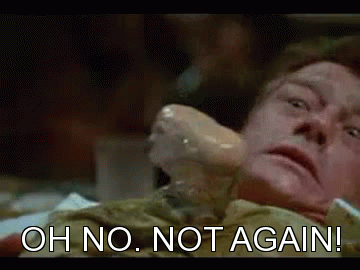Curious, how do you do this type of analysis? And do you have results from other types of courses that could be compared to this?
Generally, courses and holes that actually test skills spread scores out. Generally, randomness lumps them together in a pile in the middle; – like all those bell curves of random distributions. So, I measure how much flatter (or spread out) each hole makes the distribution; as a proxy for skill-testing ability.
I calculate the Scoring Spread Width of the Total Scores for the tournament. Then, for each hole I calculate what the Scoring Spread Width of the Total Scores
would have been if they had not played that hole (by subtracting the scores for that hole from the total). The difference is the Contribution to Scoring Spread Width of Total Scores.
For example, of the 55 players rated 970+, they basically got 25.1 different scores.
Breakdown: 14 players got a unique score, another 14 players were in two-way ties, 18 players were in three-way ties, 4 other players all tied with each other, and 5 other players all tied with each other.
If hole #24 had not been played, this field would have only gotten 20.9 different scores. (For example, there would have been a six-way tie.) So, hole #24 spread the scores out from a spread of 20.9 to 25.1. (e.g. It partially broke the 6-way tie.) Hole #24's contribution was a positive 4.2.
If hole #9 had not been played, this field would gotten 27.9 different scores. (For example, 17 players would have had unique scores.) So, hole #9 lumped the scores together from a spread of 27.9 to 20.9. (e.g. It made 3 fewer players have unique scores.) Hole #9's contribution was a negative 7.0.
Unfortunately, this is not comparable to other courses. The different mixes of players and other rounds played in the tournament mess things up for that. Besides, it is a real squirrelly statistic. To be used for entertainment purposes only.

